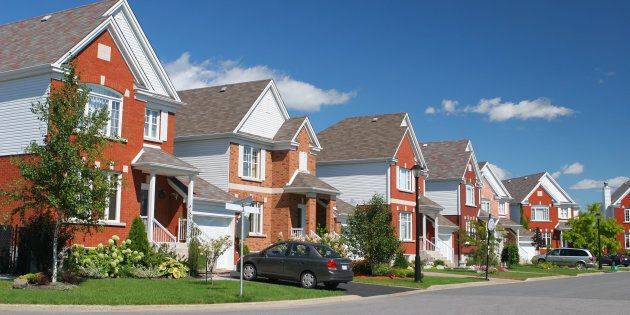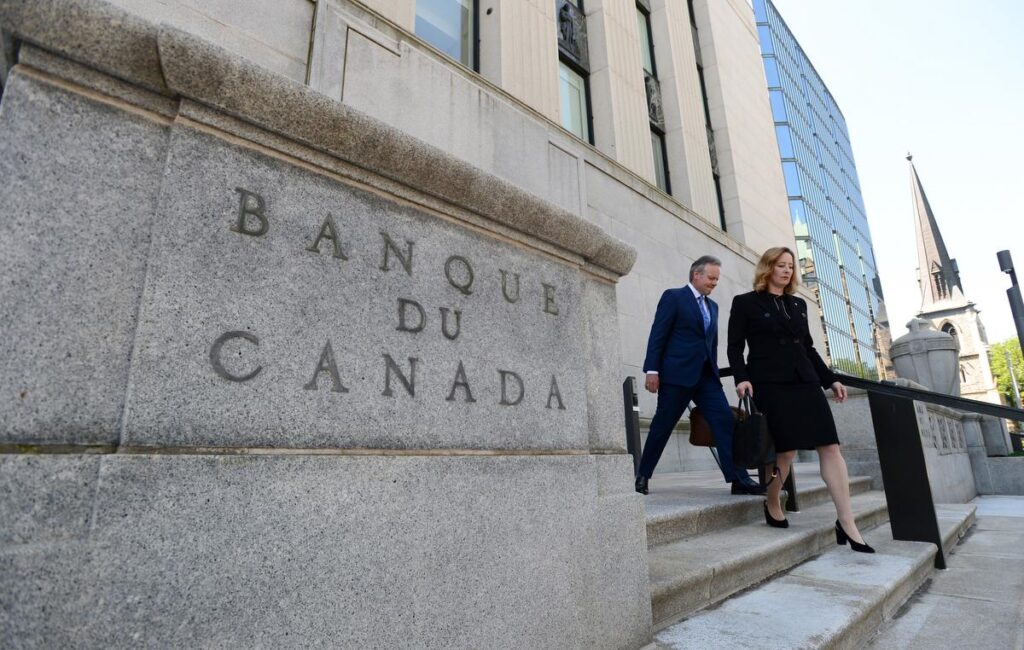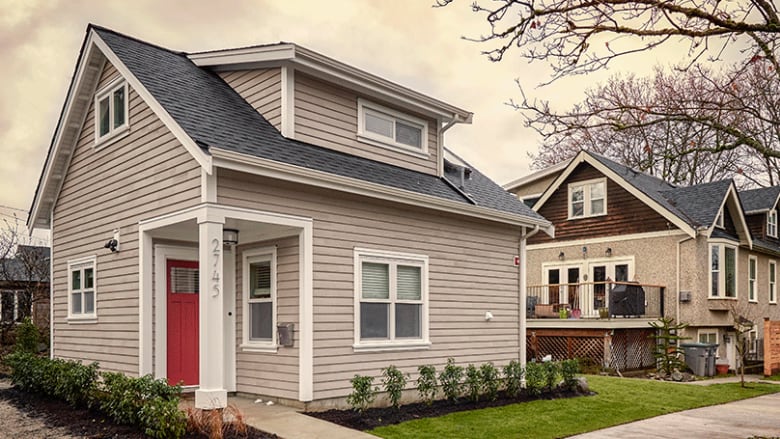A Negative Forecast By The CMHC

The head of the CMHC delivered a particularly discouraging forecast while testifying remotely before the House of Commons Finance Committee back in May.
Among Evan Siddall’s predictions were:
- Home prices could fall from their peak by 9% to 18% over the next year
- Mortgage deferrals could jump to 20% from 12% by September
- Mortgage arrears could top 20%
- [Update: On May 25, 2020 in a series of Twitter posts, Siddall clarified his reference to a 20% arrears rate: “12% of mortgages are in deferral; that could be 20% by Sept. Deferred mortgages are not in arrears since they are deferred with lender…That 20% is *at risk* of being in arrears 90 days after a required payment is missed.”]
- Canada’s debt-to-GDP ratio is estimated to rise from 99% pre-COVID to 130% by Q3
- The debt-to-disposable income ratio “will” soar from the current 176% to 230% through 2021
- And he hinted at a policy change of raising the minimum down payment to 10% from 5%, saying it would offer “more of a cushion against possible losses”

He added that all of this could happen “if our economy has not recovered sufficiently.”
“The resulting combination of higher mortgage debt, declining house prices and increased unemployment is cause for concern for Canada’s longer-term financial stability,” he emphasized.
He added that a “debt deferral cliff” is coming this fall when mortgage payment deferral programs come to an end and people need to start making payments again. As a result, CMHC said mortgage arrears could soar to 20% of all mortgages.

In comparison, the Bank of Canada currently expects the arrears rate to peak at 0.80% by Q3 of 2021.
A Move to 10% Minimum Down Payments?
Siddall also discussed potential losses for those putting the minimum 5% down on their home purchases.
“Unless we act, a first-time homebuyer purchasing a $300,000 home with a 5% down payment stands to lose over $45,000 on their $15,000 investment if prices fall just 10%,” he said, adding those calculations include the mortgage insurance premium and costs associated with a forced sale.
“In comparison, a 10% down payment offers more of a cushion against possible losses…We are therefore evaluating whether we should change our underwriting policies in light of developing market conditions.”
Currently, 10% down payments are only required on the portion of a home price above $500,000.
Reaction to CMHC’s Forecasts
Some of CMHC’s forecasts have been very different from many other industry estimates. RBC and Capital Economics expect a 5% decline in home prices compared to last year, while CIBC is forecasting a 5-10% decline. While Moody’s expects a baseline decline of 8%, its worst-case scenarios allow for a 20-30% decline by 2022, with recoveries forecast by the middle to latter part of the decade.

Responding to Siddall’s claim to these forecasts will play out if the economy fails to recover “sufficiently,” CIBC deputy chief economist Benjamin Tal told the Globe & Mail: “That’s a very broad statement…Is it a worst-case scenario, or the base case? I think he was highlighting a worst-case scenario,” he said.
Meanwhile, BMO’s Douglas Porter called the agency’s 18% home price decline estimate “oddly specific” due to the large degree of outlook uncertainty.
RBC economists added weight to Siddall’s musings about a potentially higher minimum down payment: “…Mr. Siddall’s views are respected within Ottawa. As a result, we think there is a reasonable chance that higher minimum down payments may happen.” They add that, should that happen, “the magnitude and timing are unclear, especially since any change might further weaken the economy or at the very least is likely to prolong a recovery in housing market activity.”
In a controversial end to his speech, CEO Siddall noted that “our support for homeownership cannot be unlimited.”
“If housing affordability is our aim, as surely it must be, then there must be a limit to the demand we help to create, especially when supply isn’t keeping up.”
He acknowledged that rapid house-price gains over the past 20 years have provided the average homeowner with a tax-free gain of $340,000 in the value of their home, he added, “$300,000 of that gain has been created by increased borrowing. These house prices and debt levels are increasingly out of reach for young people.”






